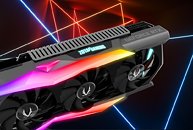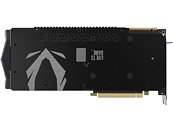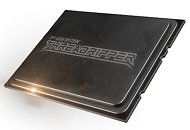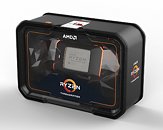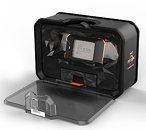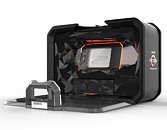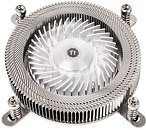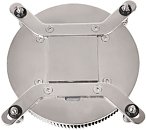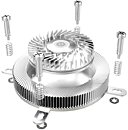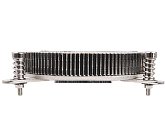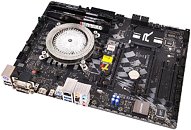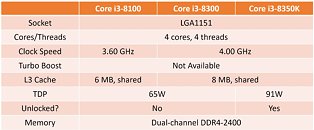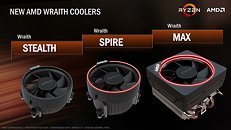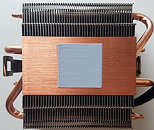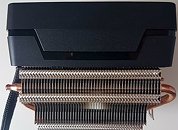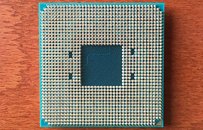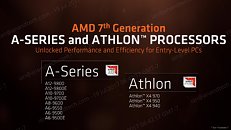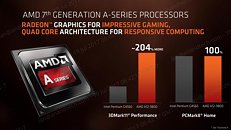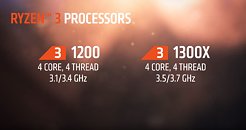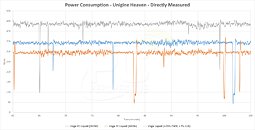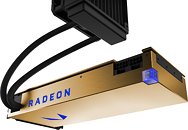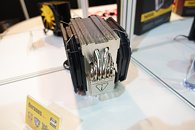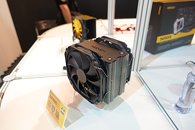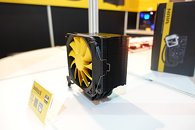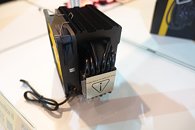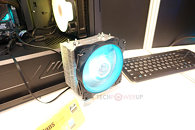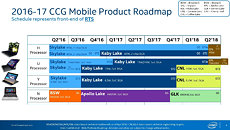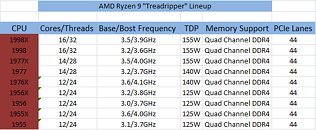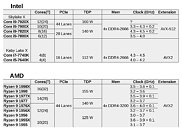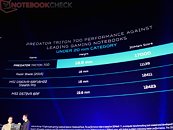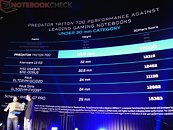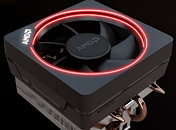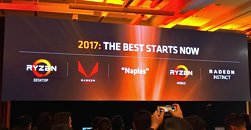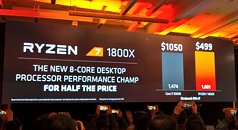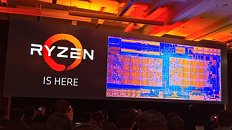
ZOTAC Prepping Another RTX 20-Series: AMP Extreme
ZOTAC is preparing to launch another tier to its GeForce RTX 20-series graphics cards lineup with the AMP Extreme series. Sitting above their now historic AMP Series (at least in computer hardware terms, it's already historic), the new lineup will bring much improved factory overclocking numbers, so these are certainly part of those cherry-picked chips for maximum performance. Core clocks aren't known at the time, but memory clocks have been upped to 14.4 Gbps, some 400 MHz above the factory specifications for the RTX 2080 - the only confirmed card until now.
The rest of the design is relatively straightforward, with a metallic backplate, a tri-90 mm fan design, 2x 8-pin power connectors, a 16+4 phases power delivery system, and a much increased TDP of 280 W (over the reference 215 W). Of course, there's RGB lighting as well, but that's not the important thing here: the cherry-picked chips are. It's unclear os of yet when this series will hit the market, but expect them sooner rather than later. ZOTAC is apparently also working on a AMP Core series, which should find its differentiation over the factory overclocking specifics.
The rest of the design is relatively straightforward, with a metallic backplate, a tri-90 mm fan design, 2x 8-pin power connectors, a 16+4 phases power delivery system, and a much increased TDP of 280 W (over the reference 215 W). Of course, there's RGB lighting as well, but that's not the important thing here: the cherry-picked chips are. It's unclear os of yet when this series will hit the market, but expect them sooner rather than later. ZOTAC is apparently also working on a AMP Core series, which should find its differentiation over the factory overclocking specifics.


